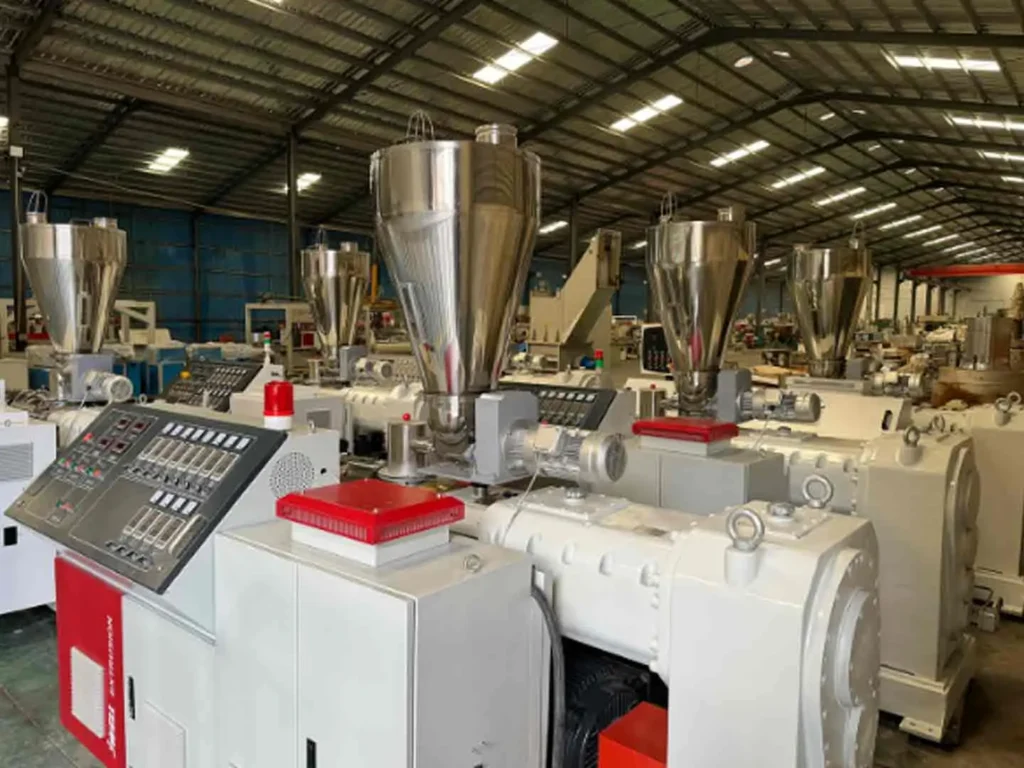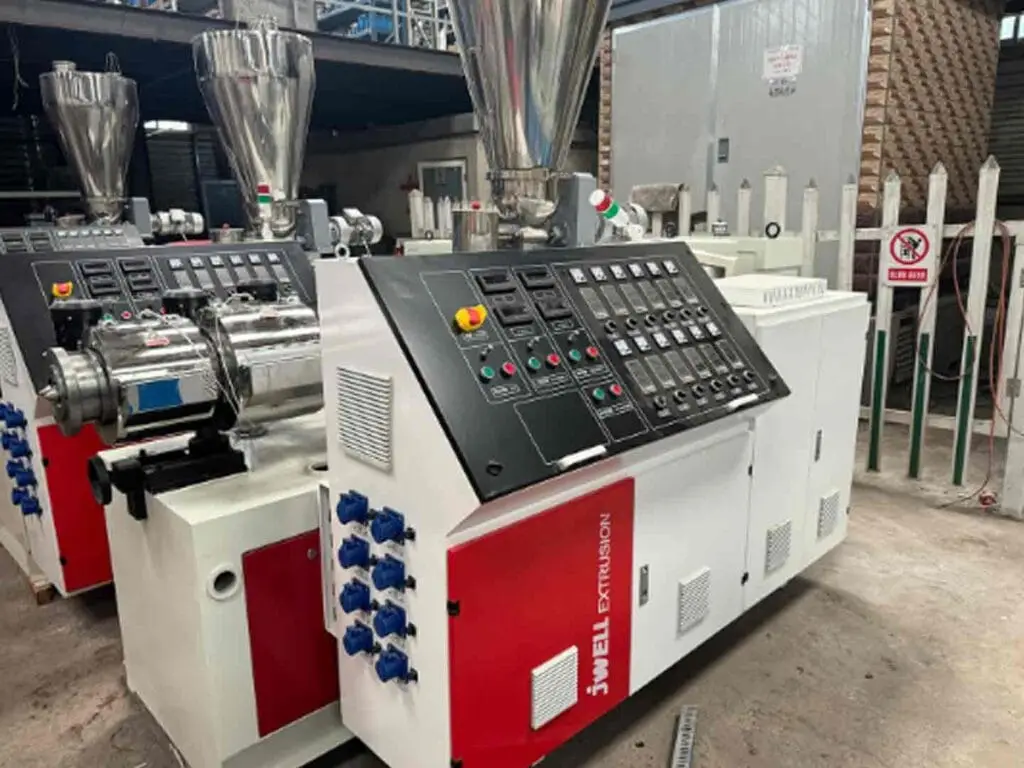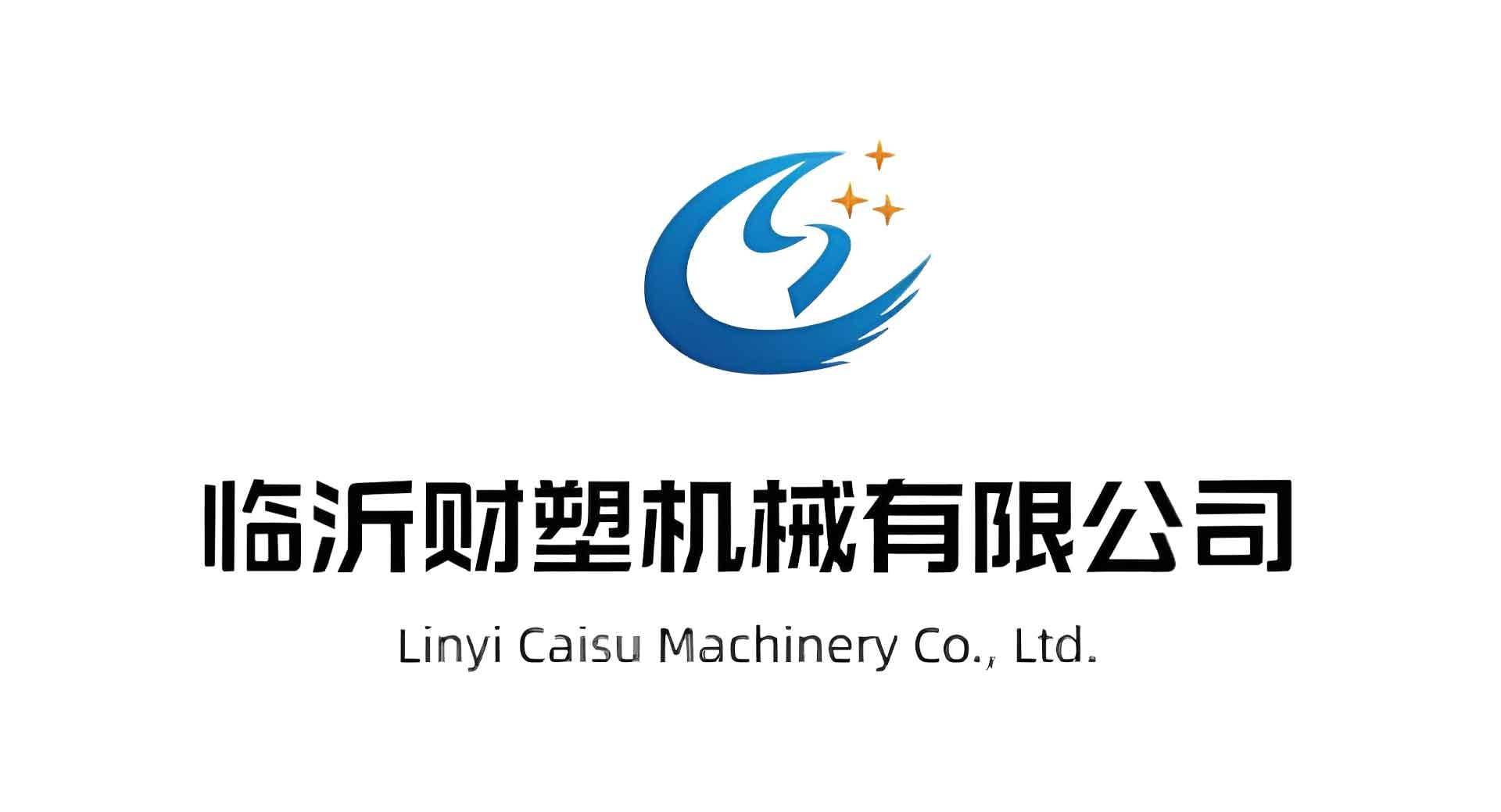Welcome to My Blog!
Before we dive into the content, I’d love for you to join me on my social media platforms where I share more insights, engage with the community, and post updates. Here’s how you can connect with me:
Facebook:https://www.facebook.com/profile.php?id=61567891941530
Now, let’s get started on our journey together. I hope you find the content here insightful, engaging, and valuable.
Caisu Machinery sells a variety of used plastic pipe production equipment. The products are of high quality and low price. Welcome to contact us for consultation and purchase. We will be happy to serve you.
Table of Contents
Introduction

In the world of industrial manufacturing, extrusion is a vital process used to shape materials, especially polymers. One of the most common types of extruders in use today is the single screw extruder. This machine is integral in a wide variety of industries, including plastics, food, pharmaceuticals, and packaging. Understanding the single screw extruder principle is essential for optimizing the performance and efficiency of extrusion processes. In this article, we will dive deep into how single screw extruders work, their applications, advantages, and limitations, as well as essential tips for maximizing their effectiveness.
What is a Single Screw Extruder?
A single screw extruder is a type of machine used to process materials, primarily plastics, by melting and forcing them through a shaped die to create a desired product. It consists of a cylindrical barrel and a single screw that rotates within the barrel to push the material forward. This extrusion process is highly versatile and widely used in manufacturing pipes, sheets, films, and profiles, among other products. The design of the extruder allows for continuous processing, which makes it highly efficient for mass production.
The single screw extruder principle relies on a combination of mechanical, thermal, and pressure forces to process the material. As the screw rotates, the material is fed into the barrel, where it is compressed, heated, and then forced through a die to form the final product.
The Basic Working Principle of a Single Screw Extruder
Feeding of Material
The process begins when raw material, typically in pellet or powder form, is fed into the hopper at the rear of the extruder. The material enters the barrel of the extruder, where it meets the rotating screw. The screw, which is usually tapered, moves the material along the length of the barrel.
Melting and Plasticization
As the material moves through the barrel, it is subjected to increasing pressure and temperature. The barrel is heated by external heaters, and the friction between the rotating screw and the material causes further heating. The combination of heat and pressure gradually melts the material, transforming it into a pliable, viscous state.
Compression and Shearing
The screw within the barrel plays a crucial role in compressing and shearing the material. This mechanical force helps to reduce the viscosity of the molten material and ensures a consistent flow. The material is continually mixed and sheared, which helps achieve the desired level of homogeneity, viscosity, and plasticization.
Extrusion and Shaping
Once the material has been sufficiently melted and homogenized, it is forced through the die at the front of the extruder. The die has a specific shape that determines the final form of the extruded product. Depending on the application, the die can produce a wide range of products, such as films, sheets, pipes, or profiles. The material then solidifies and cools after leaving the die to maintain its new shape.
Key Components of a Single Screw Extruder
To better understand the single screw extruder principle, it is important to know its key components and how they work together:
The Barrel
The barrel is the outer casing of the extruder that houses the rotating screw. It is usually made of high-strength metal and features multiple heating zones to control the temperature of the material being processed. The barrel can also have cooling zones to regulate temperature as needed.
The Screw
The screw is the heart of the extruder and rotates within the barrel to transport, melt, and mix the material. It typically consists of several sections, including the feed section, compression section, and metering section. Each section serves a different purpose: transporting the material, compressing it, and ensuring a consistent flow.
The Hopper
The hopper is where raw material is introduced into the extruder. It is positioned at the rear of the machine and typically features a feeding mechanism to ensure a consistent flow of material into the barrel. The size and design of the hopper are crucial to preventing material blockages and ensuring a smooth feeding process.
The Die
The die is located at the front of the extruder and determines the final shape of the extruded material. The material is forced through the die opening to create a wide range of products, depending on the shape and size of the die. The design of the die is customized for different applications, whether it’s creating films, pipes, or other shapes.
The Drive Motor
The drive motor is responsible for rotating the screw within the barrel. It provides the mechanical energy needed to drive the screw and produce the required pressure to push the material through the extruder. The speed and power of the motor are important factors in controlling the extrusion process.
Applications of Single Screw Extruders


Single screw extruders are used in a variety of industries for different applications. Their versatility allows them to process a wide range of materials beyond just plastics.
Plastic Processing
In the plastics industry, single screw extruders are used to produce a variety of products, such as pipes, sheets, films, and profiles. These products are essential in many sectors, including construction, packaging, automotive, and consumer goods.
Food Production
Single screw extruders are also used in food processing, where they help shape, cook, and transform ingredients into products such as snacks, pasta, and pet food. The ability to control temperature and pressure makes single screw extruders ideal for producing consistent food products.
Pharmaceutical Manufacturing
The pharmaceutical industry uses single screw extruders for the production of tablets, capsules, and drug delivery systems. The precise control over material properties is essential in ensuring the quality and effectiveness of the final pharmaceutical products.
Rubber Processing
In the rubber industry, single screw extruders are used to produce rubber profiles, seals, and other rubber products. The extrusion process helps to create uniform, high-quality rubber materials suitable for a wide range of industrial applications.
Advantages of Single Screw Extruders
High Efficiency
Single screw extruders are highly efficient, particularly when it comes to mass production. The continuous nature of the extrusion process allows for high throughput, making it suitable for large-scale manufacturing.
Simplicity and Cost-Effectiveness
The design of the single screw extruder is relatively simple compared to other types of extruders. This simplicity reduces the overall cost of the equipment and makes maintenance easier. The lower capital and operating costs make single screw extruders a popular choice for manufacturers.
Flexibility and Versatility
Single screw extruders can process a wide range of materials, from plastics to food ingredients to rubber. They can also be used for various applications, including film production, food processing, and pharmaceutical manufacturing. This versatility makes them an attractive choice for many industries.
Consistency and Precision
The ability to precisely control the extrusion parameters, such as temperature, pressure, and screw speed, ensures a high level of product consistency. This control is critical in industries where quality and uniformity are essential.
Limitations of Single Screw Extruders
While single screw extruders offer numerous benefits, they also have some limitations:
Limited Mixing Capability
Single screw extruders are not as effective at mixing complex materials as twin-screw extruders. They are more suitable for processing materials with a relatively low viscosity or those that do not require intense mixing.
Limited Material Range
Although single screw extruders are versatile, they are best suited for specific types of materials, such as thermoplastics. Processing highly viscous or non-meltable materials may require a more specialized extruder.
Lower Precision for Some Applications
While single screw extruders offer a high degree of precision, they may not be suitable for applications that require extremely tight tolerances or complex processing. In such cases, other types of extruders, such as twin-screw extruders, may be more appropriate.
Key Features of a Single Screw Extruder

Here is a table outlining key features of single screw extruders:
| Feature | Description |
|---|---|
| Screw Design | Features multiple sections to transport, compress, and mix material |
| Temperature Control | External heaters and cooling zones to manage material temperature |
| Feed Rate Control | Allows for consistent material feeding into the extruder |
| Material Compatibility | Suitable for thermoplastics, food ingredients, and rubber |
| Product Versatility | Can create films, pipes, sheets, profiles, and more |
Conclusion
The single screw extruder is a critical piece of equipment in various industries, offering significant advantages in terms of efficiency, versatility, and cost-effectiveness. By understanding the single screw extruder principle, manufacturers can optimize their extrusion processes and produce high-quality products. However, it is important to also recognize its limitations and consider alternatives when necessary for specific applications.
Investing in a well-maintained and properly operated single screw extruder can significantly improve productivity and product consistency. By following best practices, manufacturers can maximize the benefits of this essential piece of equipment and maintain a competitive edge in the market.
FAQ
What industries use single screw extruders?
Single screw extruders are widely used in industries such as plastics manufacturing, food processing, pharmaceuticals, rubber production, and packaging. These industries benefit from the efficiency and versatility of the single screw extruder principle, making it an essential piece of equipment.
How can I improve the efficiency of my single screw extruder?
To improve the efficiency of your single screw extruder, ensure regular maintenance, check for proper screw alignment, and monitor temperature control. Additionally, optimizing the feed rate and material type can enhance performance and reduce wear on the machine.
What are the common issues that affect the single screw extruder principle?
Common issues include inconsistent material feeding, improper temperature control, screw wear, and die blockages. These problems can lead to inefficiency, downtime, and product defects. Regular inspections and maintenance can help prevent these issues from arising.
Can single screw extruders handle high-viscosity materials?
Single screw extruders can process materials with low to medium viscosity effectively, but they may struggle with high-viscosity materials. For such materials, other extruder types, such as twin-screw extruders, are typically recommended for better mixing and processing.
What factors should I consider when selecting a single screw extruder?
When selecting a single screw extruder, consider factors such as the material being processed, the desired product output, required precision, and the overall application. It’s important to match the extruder’s capabilities with the specific needs of your manufacturing process to optimize efficiency and product quality.





